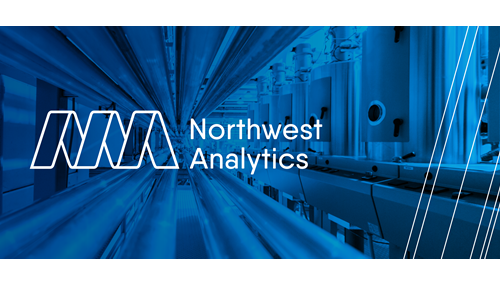A Tale of Two Cultures – How MI and BI Come Together
Remember the last great manufacturing systems war? The giant ERP project dominated all IT activity and many of its advocates claimed the ERP system could run all corporate functions. Manufacturing and Operations management were told they didn’t need a MOM system because ERP modules could handle those tasks also.
The counter argument was that they were very different systems and served different – but complementary – roles.
The reality is that ERP and MOM are the right choices for their respective roles. They deal with different types of data and provide a different perspective for management decision support.
- ERP is transaction oriented and reports on historic data sets such as the financials for the last time period. ERP speaks to questions such as: “Did we make money last month?”
- MOM is oriented to real-time process data. MOM speaks to questions such as: “Is production capable of delivering acceptable product?”
Today’s equivalent conflict centers on Manufacturing Intelligence (MI) versus Business Intelligence (BI).
Many companies have installed BI capabilities after they brought ERP on-line. Like the previous turf wars, some manufacturing and operations managers are told they don’t need MI because BI is already installed.
They represent two complementary parts of the corporate whole and should be recognized as such. Importantly, they both advocate for an analytics based approach to management decision making.
Clearly it is time to explicitly discuss the differences between the two methodologies and explain what each does and does not do for corporate management.
Join us on August 8 when Sarah Gates, VP of Research at the International Institute for Analytics, will be with us for Five Key Building Blocks for a Successful Analytics Program. During the conversation we will compare and contrast the roles and capabilities of MI and BI and discuss the common focus on analytics-based management. Sarah will describe the five critical competencies businesses should develop to build a successful analytics program. Using the DELTA model framework, she will explain how successful executives develop and create significant business value from analytics with predictive modeling and prescriptive capabilities that are essential for organizations to compete in the 21stCentury.

